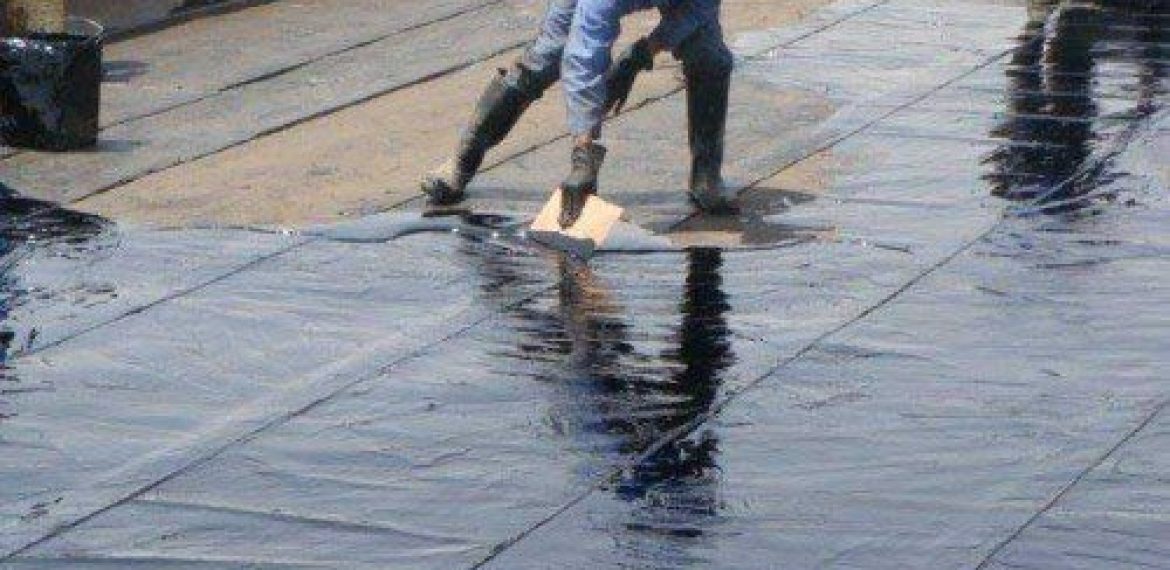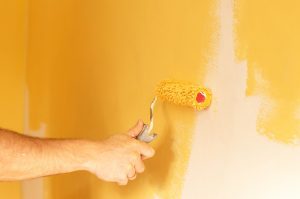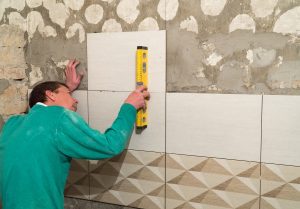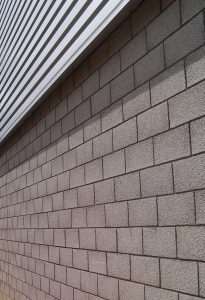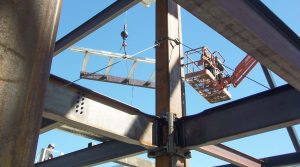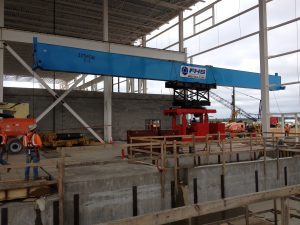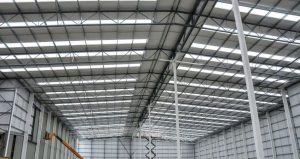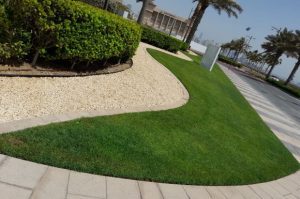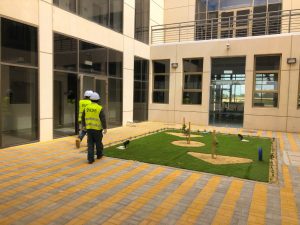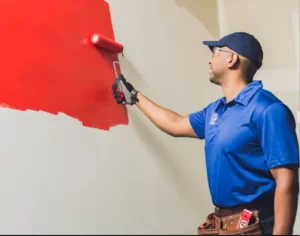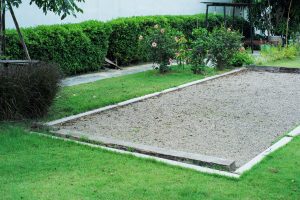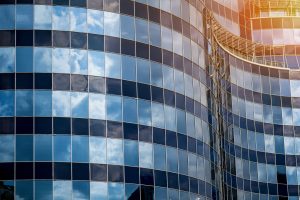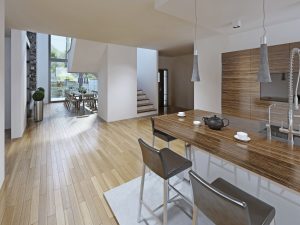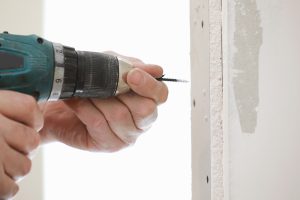One of the most affordable ways to waterproof a roof, whether it’s new or old, is using a liquid waterproofing system. Liquid systems, when properly installed and maintained, may give a long service life, frequently exceeding 25 years, and in renovation scenarios, savings of up to 70% on roof replacement costs.
The question is, though, when a liquid waterproofing system would be preferred over, say, a single-ply membrane or hot melt. We offer some recommendations below.
When to use liquid waterproofing for roofs?
Refurbishment
Given its seamless nature and its ability to form a complete connection with the substrate, liquid-applied waterproofing is a great choice for application over preexisting roofing materials like single-ply membranes, profiled metal, or fiber cement.
Repair
A simple liquid waterproofing overlay may be a highly cost-effective alternative if an existing membrane has failed, such as a single-ply membrane, and its bonding qualities make it far more dependable.
As with any renovation or maintenance project, getting supplies and tools in may be a hassle. It is also possible to use the liquid in situations where there is a lack of storage space or when there may be problems bringing electricity to the roof. There is no need for noisy generators or wiring, and the contractor just needs to bring what they’ll need for the day.
Complex Roofs
New construction can benefit from cold-applied liquid waterproofing as well, especially when it comes to intricate upstands, edge features, penetrations, and terminations. For areas where a single-ply solution would be difficult to detail precisely, such as around roof-mounted plants or on balconies, liquid waterproofing can be a lifesaver.
Inverted Roofs
Inverted roof systems, where the membrane is installed under the insulation and ballast, are also good candidates for liquid waterproofing, as are roof gardens. Below we offer AH-25, a root-resistant and FLL-approved liquid waterproofing that may be used on green roofs.
Benefits of liquid waterproofing for roofs
The following are the benefits of liquid waterproofing for roofs:
Suitable for both pitched and flat roofs
While hot-applied liquids can’t be applied to roofs with pitches steeper than 15 degrees, they are ideal for roofs with a combination of flat and pitched sections. Liquid waterproofing, unlike many single-ply and felt roofing systems, may be employed on roofs with a pitch of fewer than 5 degrees.
Saves money on repairs
Things occur, and the ever-changing weather has an impact on the condition of your construction supplies as the seasons’ shift. In particular, water may lead to a broad variety of issues, both inside and out, which is why it is necessary to waterproof your roof and be ready for storms.
Easy to maintain and repair
It might be challenging to repair roofing material if it hasn’t been waterproofed. Waterproofing membranes mitigate the damage that water may do, making repairs and maintenance simpler and quicker.
It improves temperature control in your building
Every owner desires a structure that maintains comfortable temperatures year-round. This is made possible by a watertight roof, which also ensures that your energy costs won’t rocket up every time the seasons change. If you install a waterproof membrane on your roof, your home will be comfortable in any climate.
It prevents dampness and humidity in buildings
Mold grows in buildings when there’s moisture in the air and on surfaces, and it poses health risks to the people who live there. This is dangerous to your health and should be avoided at all costs. Waterproofing helps reduce this type of wetness, which is great for maintaining a wholesome atmosphere at home.
You may increase your roof’s lifespan by installing a waterproof membrane
Lastly, waterproofing extends the life of a roof. In the event that you install a waterproofing membrane and keep it in good condition throughout the years, you won’t have to replace your roof for a very long time. That means low costs for the upkeep of the property for many years to come.
Conclusion
While liquid waterproofing membranes have some clear benefits—low cost and enormous elongation—they also have some evident downsides, most notably a lack of covering consistency. Extra care must be taken by the applicator while using it to ensure that the required coverage is achieved.

